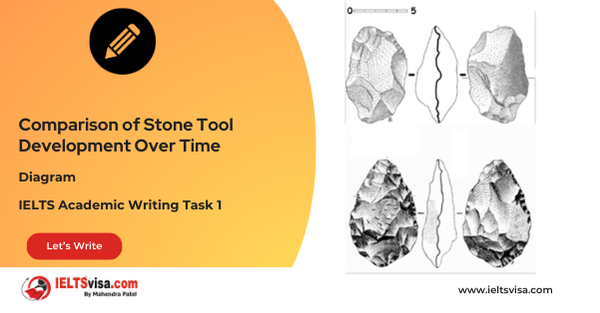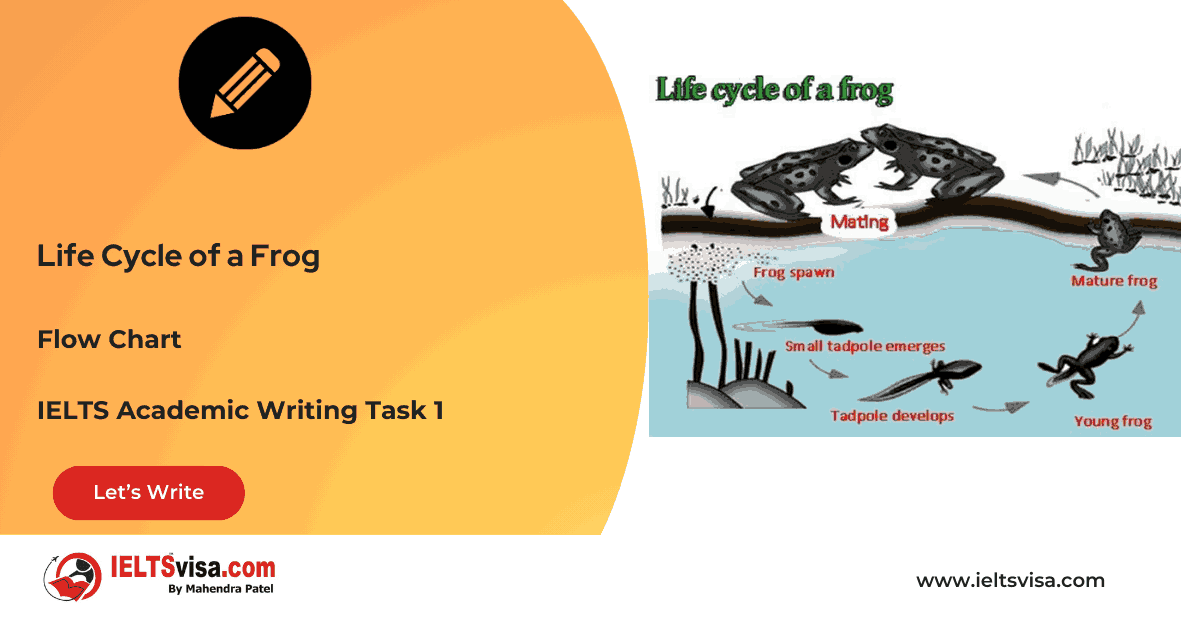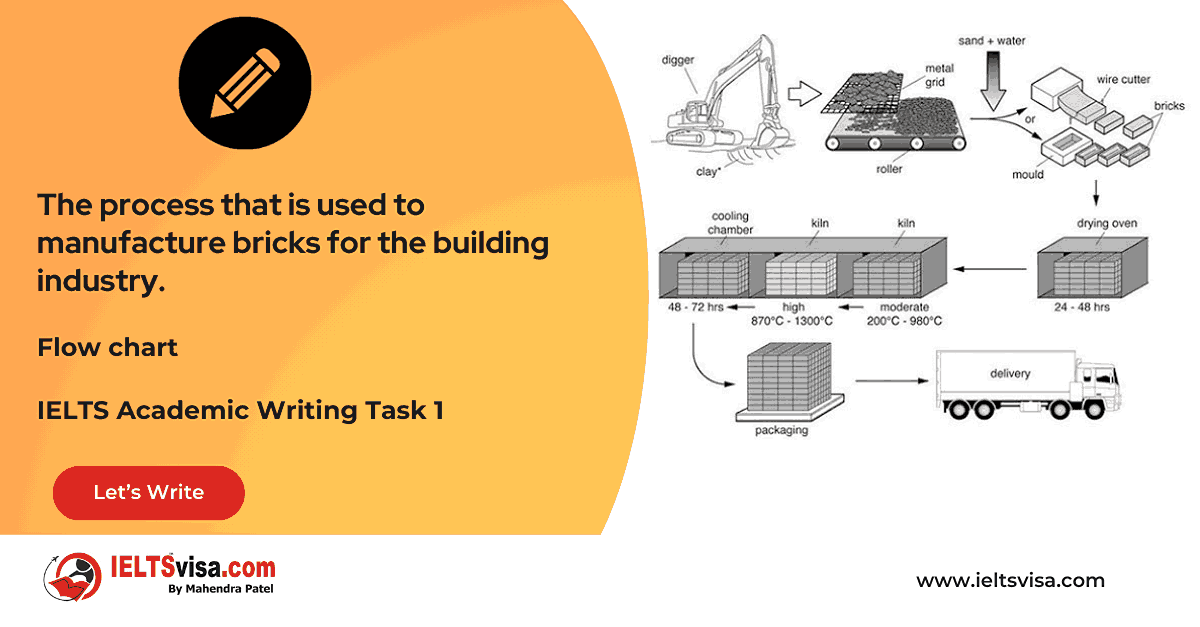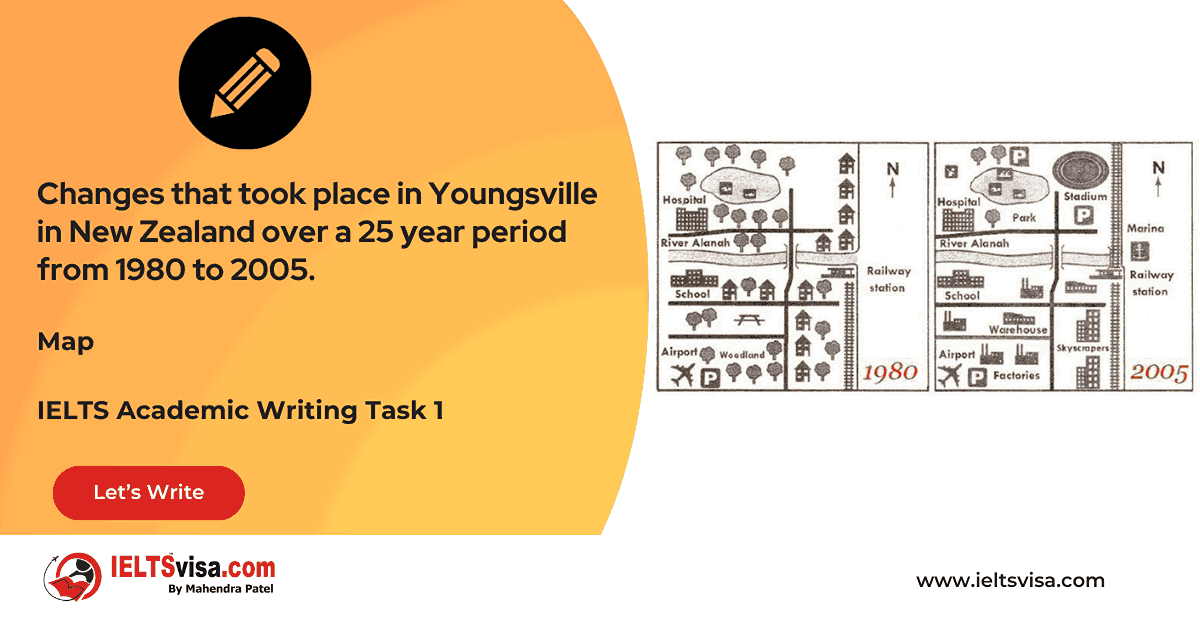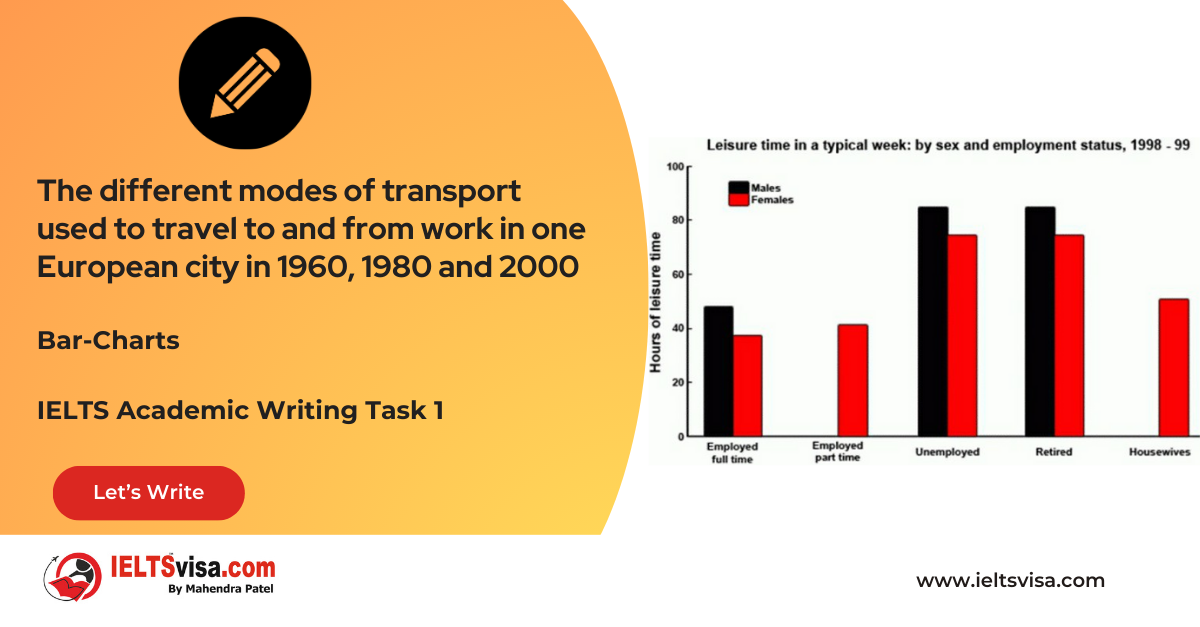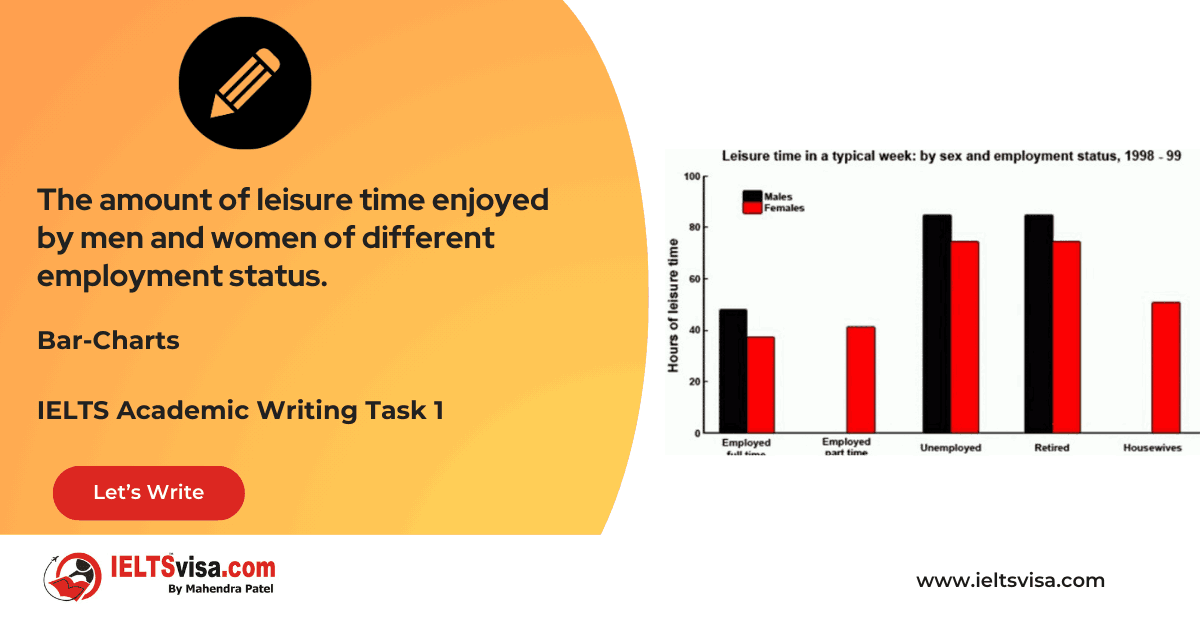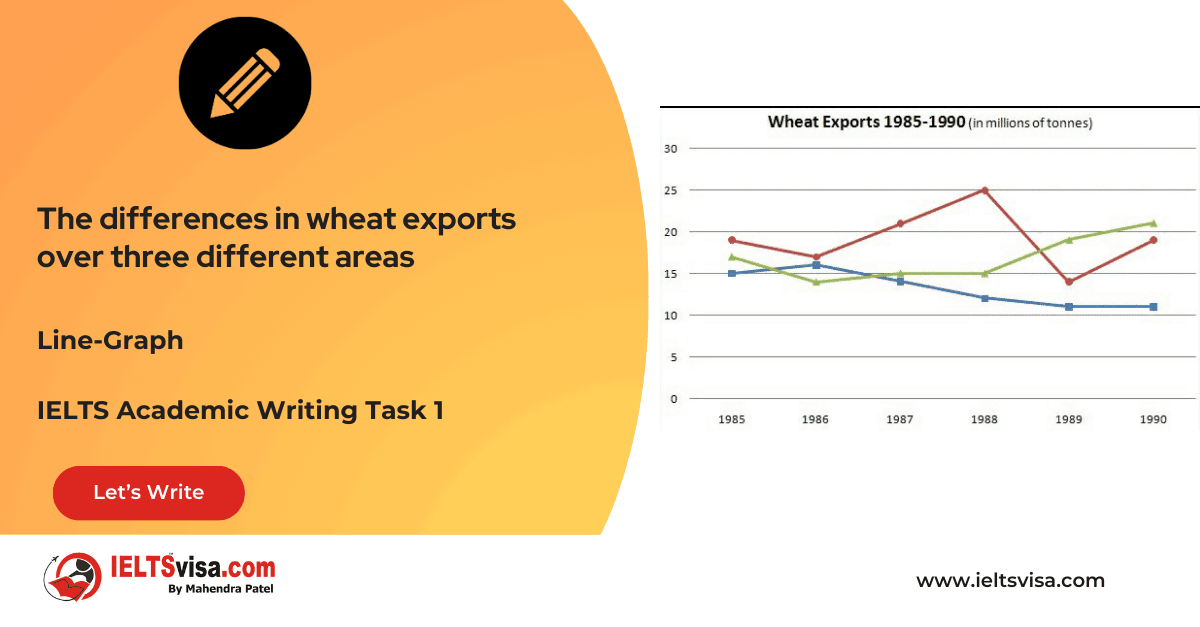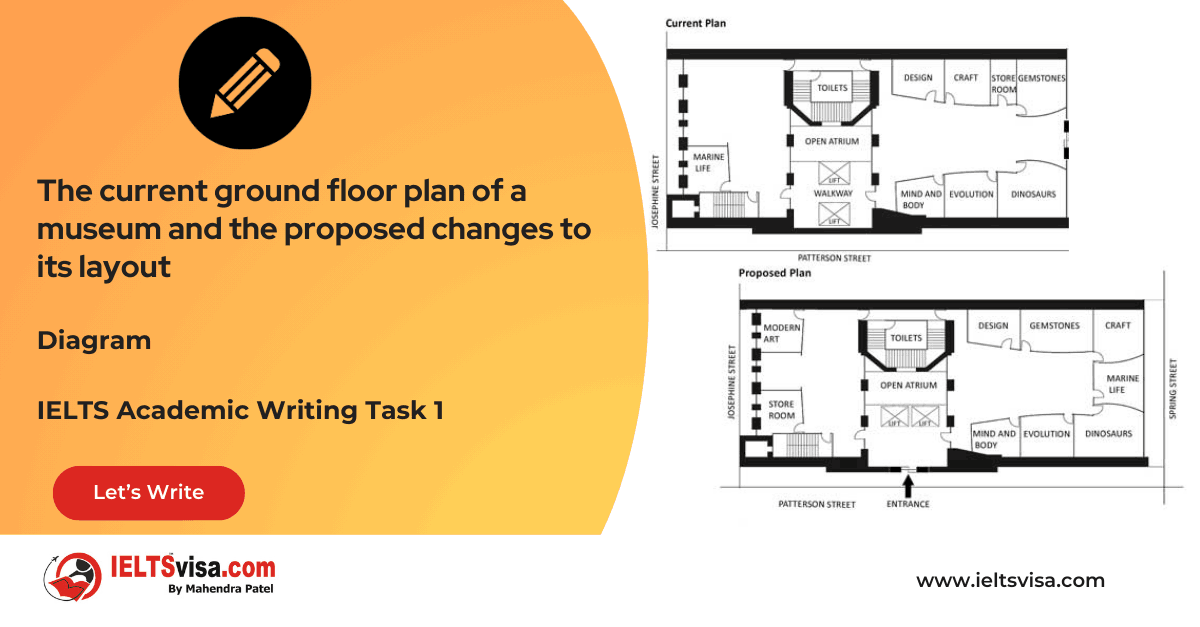Pluralisation
Lexical Resource & Grammatical Range and AccuracyIELTS Academic Writing Task 1
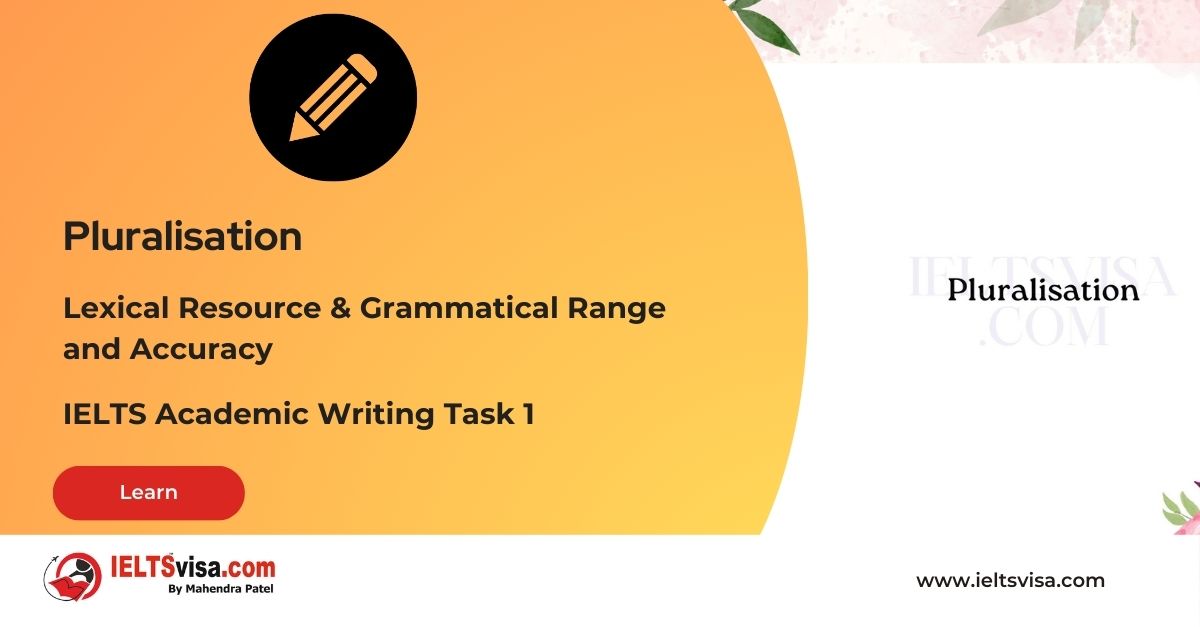
In the IELTS Academic Writing Task 1, demonstrating strong Lexical Resource and Grammatical Range and Accuracy is crucial for achieving a high score.
One important aspect of grammatical accuracy is the appropriate use of pluralisation. Pluralisation refers to the formation of plurals, which is essential for accurately conveying quantities and describing multiple objects or entities.
In this article, we will explore the importance of pluralisation in Task 1, accompanied by examples and answers to help you understand and apply this concept effectively.
1. Basic Rules of Pluralisation:
a. Adding -s:
In most cases, you can form the plural of a noun by adding -s to the singular form. Example: The cat (singular) → The cats (plural)
b. Adding -es:
When a noun ends in -s, -x, -z, –ch, or –sh, you generally add -es to form the plural. Example: The box (singular) → The boxes (plural)
c. Irregular Plurals:
Some nouns have irregular plural forms that do not follow the standard rules. These must be memorised. Example: The child (singular) → The children (plural)
2. Pluralizing Countable and Uncountable Nouns:
a. Countable Nouns:
Countable nouns refer to things that can be counted individually. They can be pluralised by adding -s or -es. Example: A book (singular) → Books (plural)
b. Uncountable Nouns:
Uncountable nouns refer to things that cannot be counted individually. They are used in the singular form and do not have a plural form. Example: Water (singular) – No plural form
Example Answer:
Original Sentence:
The student received a high mark in the exam.
Revised Sentence:
The students received high marks in the exam.
In the revised sentence, the noun “student” is pluralised to “students” to accurately describe multiple students receiving high marks.
3. Pluralizing Compound Nouns:
a. Pluralizing Noun + Noun:
In compound nouns, only the main noun is pluralised. Example: The toothbrush (singular) → The toothbrushes (plural)
b. Pluralizing Adjective + Noun:
Both elements are pluralised in compound nouns formed with an adjective and a noun. Example: The blackboard (singular) → The blackboards (plural)
Example Answer:
Original Sentence:
The man bought a toothbrush.
Revised Sentence:
The man bought toothbrushes.
The compound noun “toothbrush” is pluralised in the revised sentence by adding -es to the main noun.
Example Answer:
Original Sentence:
The man bought a toothbrush.
Revised Sentence:
The man bought toothbrushes.
The compound noun “toothbrush” is pluralised in the revised sentence by adding -es to the main noun.
4. Pluralising Nouns in Context:
Consider the context and the meaning you want to convey when pluralising nouns. Pluralize nouns based on the quantity or number being described.
Example:
Original Sentence:
The report shows a significant increase in the sale.
Revised Sentence:
The report shows significant increases in sales.
In the revised sentence, the noun “sale” is pluralised to “sales” to accurately represent the multiple increases mentioned in the report.
In conclusion, understanding and applying appropriate pluralisation in IELTS Academic Writing Task 1 is crucial for achieving a high Lexical Resource and Grammatical Range and Accuracy score.
By following the basic rules of pluralisation, considering countable and uncountable nouns, pluralising compound nouns correctly, and paying attention to the context, you can effectively convey quantities and accurately describe multiple objects or entities.
With consistent practice and attention to detail, you will excel in Task 1 and achieve success in your IELTS examination.








Our Books
Master IELTS Speaking Part 1
IELTS Writing Task 1 Book
IELTS Writing Task 2 Book
Practice IELTS Other Modules
IELTS Listening
The IELTS Listening test assesses how well you can understand spoken English in various contexts. It lasts about 30 minutes and is divided into four sections with a total of 40 questions. The listening tasks become increasingly difficult as the test progresses.
IELTS Academic Reading
The IELTS Academic Reading section assesses your ability to understand and interpret a variety of texts in academic settings. It is designed to evaluate a range of reading skills, including skimming for gist, reading for main ideas, reading for detail, understanding inferences, and recognizing a writer's opinions and arguments.
IELTS Speaking
The IELTS Speaking test assesses your ability to communicate in English on everyday topics. It lasts 11-14 minutes and consists of three parts: introduction, cue card, and a discussion based on the cue card topic.
IELTS General Reading
IELTS General Reading tests your ability to understand and interpret various types of texts. Here are some key areas and types of content you can expect to encounter in the reading section, along with tips for effective preparation.
IELTS Academic Writing Task 1
In IELTS Academic Writing Task 1, you are presented with a visual representation of information, such as graphs, charts, tables, or diagrams, and you are required to summarize, compare, or explain the data in your own words.
IELTS General Writing Task 1
In IELTS General Writing Task 1, you are required to write a letter based on a given situation. The letter can be formal, semi-formal, or informal, depending on the prompt. Here’s a breakdown of the key components to include in your letter
IELTS Academic Writing Task 2
In IELTS Academic Writing Task 2, you are required to write an essay in response to a question or topic. Here’s a guide to help you understand the essential elements of this task
IELTS Exam Tips
To succeed in the IELTS exam, practice regularly, familiarize yourself with the test format, improve your vocabulary, develop time management skills, and take mock tests to build confidence.
Grammer for IELTS
Grammar is the foundation of effective communication in English. Understanding tense usage, subject-verb agreement, and sentence structure enhances clarity and coherence in writing and speaking.
Vocabulary for IELTS
Vocabulary plays a crucial role in the IELTS (International English Language Testing System) exam, especially in the Speaking and Writing sections. Here’s an overview of why vocabulary is important and how it impacts your performance
RECENT IELTS SAMPLES QUESTIONS AND ANSWERS
Task 1 – Diagram – Comparison of Stone Tool Development Over Time
20:00 Start Pause Stop [df_adh_heading title_infix="IELTS Writing Task 1 Question" use_divider="on"...
Task 1 – Flow chart -Life Cycle of a Frog
20:00 Start Pause Stop [df_adh_heading title_infix="IELTS Writing Task 1 Question" use_divider="on"...
Task 1 – Flow chart -The process that is used to manufacture bricks for the building industry.
20:00 Start Pause Stop [df_adh_heading title_infix="IELTS Writing Task 1 Question" use_divider="on"...
Task 1 – Map – Changes that took place in Youngsville in New Zealand over a 25 year period from 1980 to 2005.
20:00 Start Pause Stop [df_adh_heading title_infix="IELTS Writing Task 1 Question" use_divider="on"...
Task 1 – Pie Chart – The average household expenditures in Japan and Malaysia in the year 2010
20:00 Start Pause Stop [df_adh_heading title_infix="IELTS Writing Task 1 Question" use_divider="on"...
Task 1 – Bar Graph – The different modes of transport used to travel to and from work in one European city in 1960, 1980 and 2000
20:00 Start Pause Stop [df_adh_heading title_infix="IELTS Writing Task 1 Question" use_divider="on"...
Task 1 – Bar Graph – The amount of leisure time enjoyed by men and women of different employment status
20:00 Start Pause Stop [df_adh_heading title_infix="IELTS Writing Task 1 Question" use_divider="on"...
Task 1 – Line Graph – The differences in wheat exports over three different areas
20:00 Start Pause Stop [df_adh_heading title_infix="IELTS Writing Task 1 Question" use_divider="on"...
Task 1 – Diagram – The current ground floor plan of a museum and the proposed changes to its layout
20:00 Start Pause Stop [df_adh_heading title_infix="IELTS Writing Task 1 Question" use_divider="on"...

